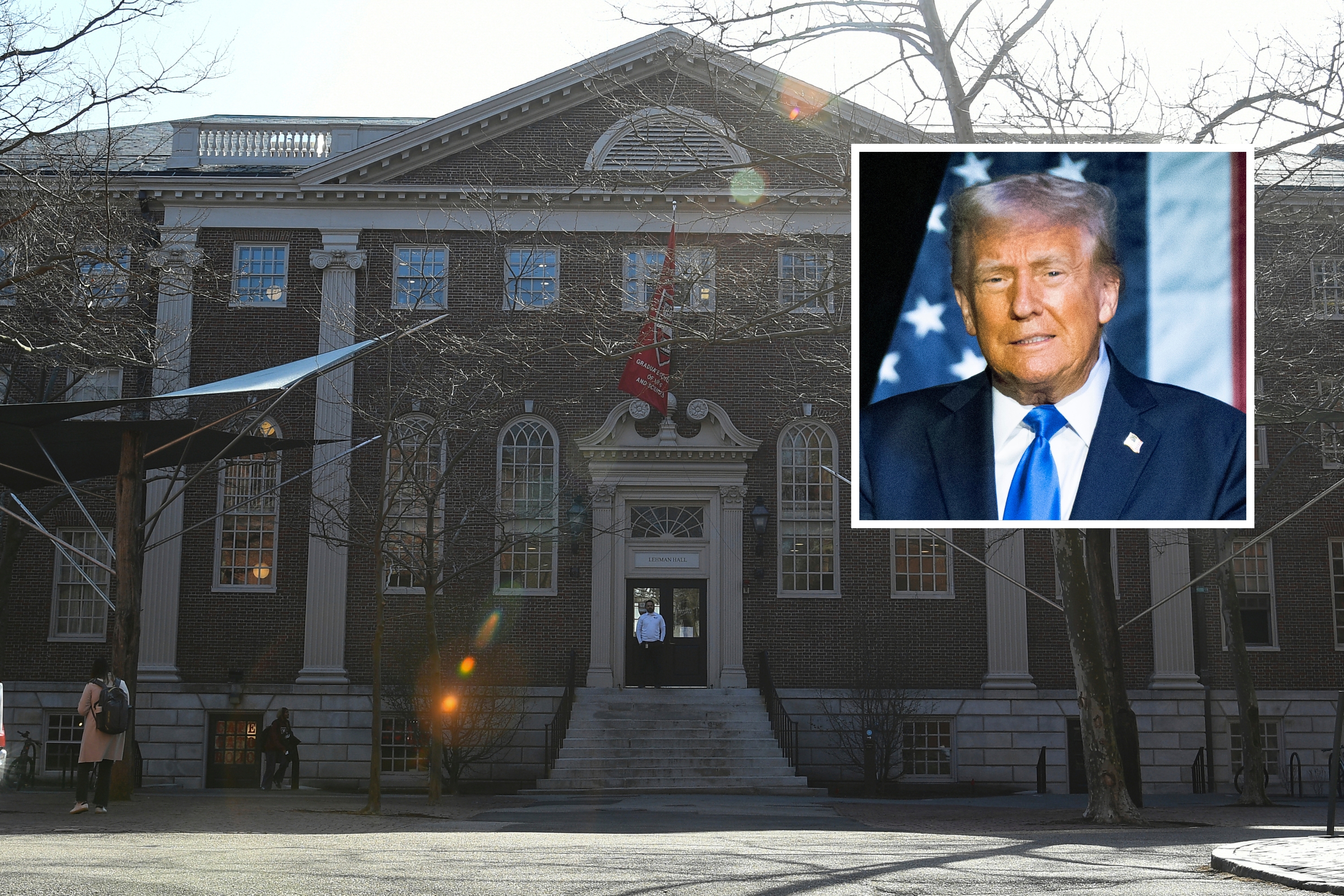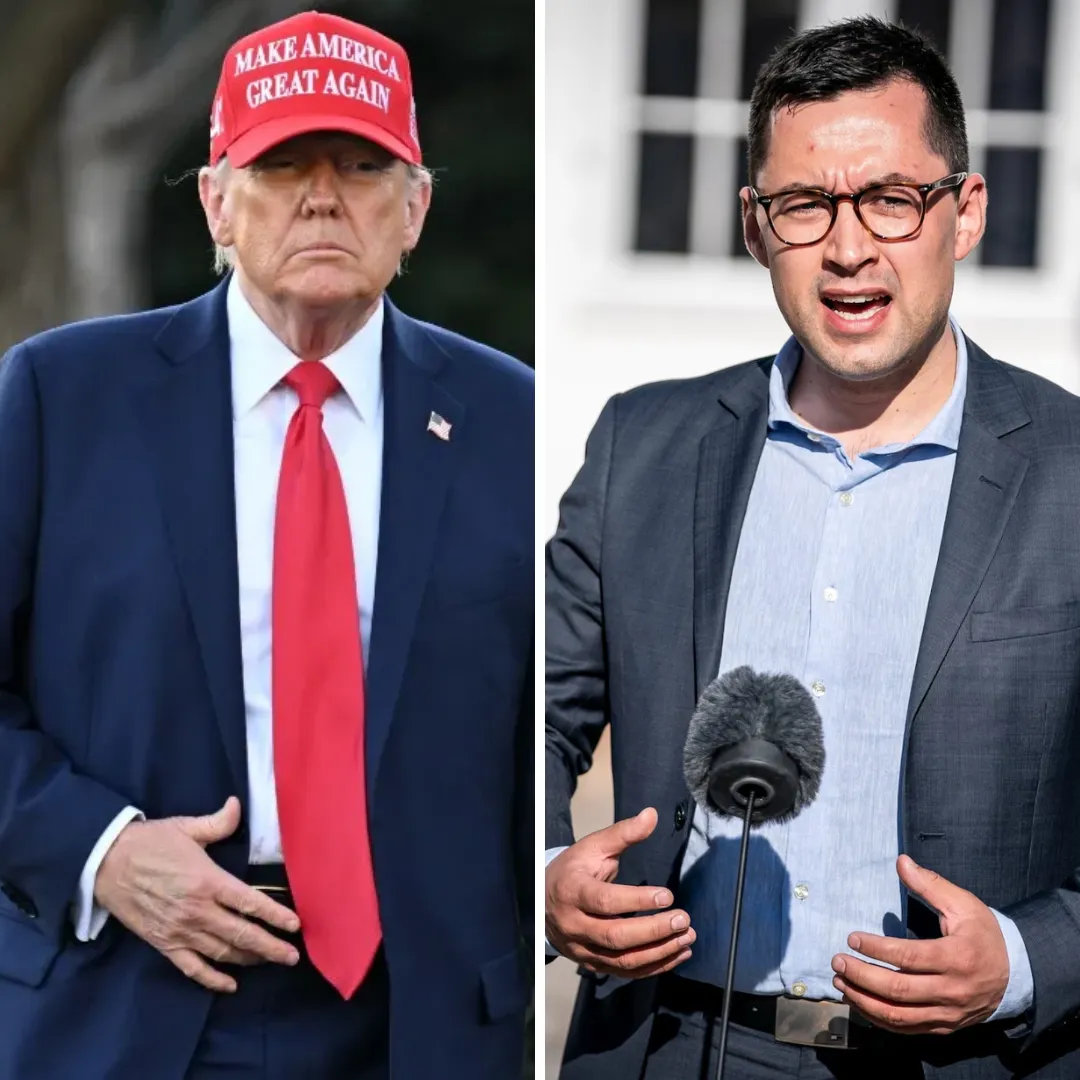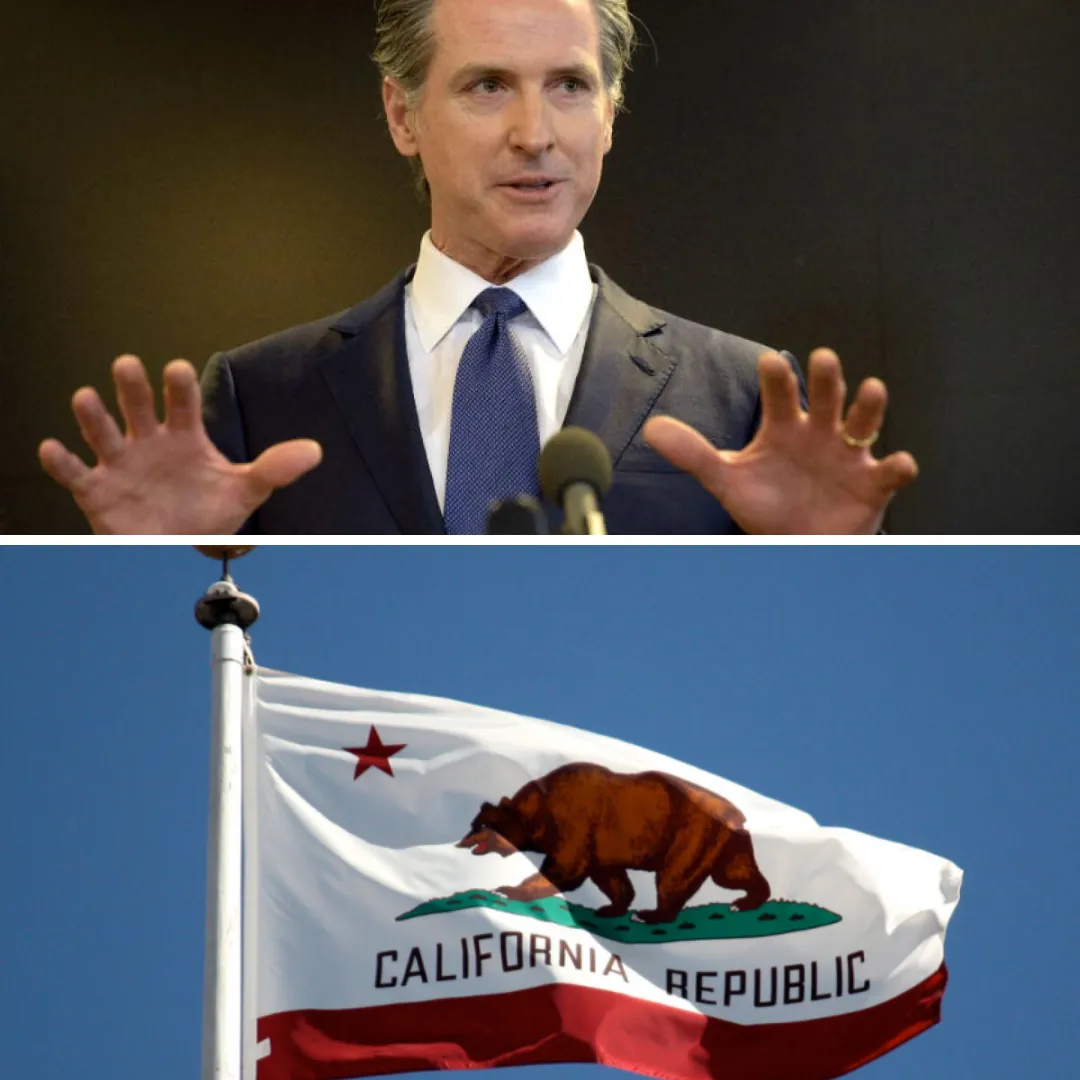
As the Trump administration plans a large-scale military parade on June 14 to coincide with both Flag Day and President Donald Trump’s birthday, a growing coalition of advocacy groups has announced what they are calling a nationwide protest aimed at rejecting what they describe as a theatrical display of authoritarianism.
The protest effort, led by the group “No Kings,” is quickly gaining momentum across the country and is shaping up to be a national flashpoint in the ongoing battle between Trump’s critics and his most fervent supporters.
The organizers say the message is simple but urgent: America is a republic, not a monarchy, and the symbolism of a birthday military parade for a sitting president sends the wrong signal about the direction of the nation’s democracy.
Planning documents obtained by the Associated Press indicate that the parade will be one of the most elaborate and costly public events of Trump’s second term to date, with more than 6,600 U.S. military service members expected to participate, alongside over 150 military vehicles, 50 helicopters, seven marching bands, and as many as 2,000 civilians.
Defense officials have estimated the total cost of the parade could reach as high as $45 million, though President Trump has downplayed the number. “Peanuts compared to the value of doing it,” he told NBC News. “We’re going to show the American people what we have—our tanks, our submarines, our missiles. The greatest in the world.”
But for activists across the political spectrum who have grown increasingly concerned about the normalization of militarism in American public life, the parade is not a tribute to patriotism—it’s a warning sign.
The No Kings coalition, backed by prominent groups such as Black Voters Matter and the Declaration for American Democracy, has announced plans to hold coordinated protests in more than 30 states on June 14, deliberately choosing to demonstrate in cities and towns far from Washington, D.C.

Their slogan—“everywhere Trump isn’t”—reflects the decentralized nature of the movement and its emphasis on grassroots power rather than centralized spectacle.
“This isn’t about one parade,” organizers said in a public statement. “It’s about rejecting the idea that one man’s birthday should be marked with tanks and fighter jets. Real power doesn’t march on Pennsylvania Avenue—it rises up in every neighborhood, school, and city council across the country.”
President Trump, who returned to office in January 2025 after a tumultuous election year, has made clear he sees the parade as a celebration of American strength and unity.
Speaking on Meet the Press, he said, “My birthday happens to fall on Flag Day. Somebody put it together. But I see it as a celebration of the flag, not just my birthday. It’s a day to honor America. We have the strongest military on Earth, and we’re going to show it proudly.”
The president also rejected comparisons to similar military parades held by authoritarian governments, insisting that the event is entirely about respect for the armed forces. “This is not about dictatorship. This is about pride,” Trump said. “And frankly, if we can’t be proud of our military, what can we be proud of?”
Despite the administration’s messaging, critics argue that the optics are hard to ignore. The sight of tanks rolling through the nation’s capital, timed to a sitting president’s birthday, echoes imagery used by regimes across the globe where power is centralized and dissent is silenced.
Activists worry that the spectacle sends the wrong message to both Americans and the world at large. “This parade is not for the people—it’s for the cameras,” one organizer with No Kings told Newsweek. “It’s a flex. A photo-op. A made-for-TV demonstration of dominance. And we’re not going to let that go unanswered.”
Social media has become a crucial organizing tool in the lead-up to June 14. Hashtags like #NoKings, #NotOurParade, and #DemocracyNotDisplay are trending as thousands of users across platforms like X and Instagram promote upcoming protest events and encourage supporters to sign up as local volunteers.

Organizers are using digital tools to distribute protest materials, recruit attendees, and coordinate logistics across state lines. The coalition has emphasized nonviolence and civic engagement, asking participants to show up with signs, wear black, and amplify the message through peaceful visibility.
While exact details about the locations of all planned protests remain fluid, sources close to the coalition say large-scale actions are expected in Atlanta, Chicago, Los Angeles, and Austin, as well as several smaller towns in red-leaning states where organizers hope to challenge the idea that opposition to Trump is limited to coastal liberal enclaves.
Law enforcement agencies in Washington, D.C., and across the country are preparing for a politically tense and potentially volatile day. Officials in the capital have not yet released full details of the security plan, but multiple agencies, including the D.C. Metropolitan Police and the Department of Homeland Security, are reportedly coordinating crowd control and protest containment efforts.
A senior law enforcement official told reporters that contingency planning is underway for scenarios ranging from peaceful demonstrations to potential clashes between pro-Trump and anti-Trump attendees.
“We are treating this like any other high-profile national event with multiple points of interest and politically charged atmospheres,” the official said. “Our goal is to ensure the safety of all participants, no matter what side they’re on.”
Meanwhile, military officials have defended their participation in the parade, saying it is an opportunity to foster connection with the public. Colonel Dave Butler, a spokesperson for the U.S. Army, said in a statement to the Associated Press, “We want to make this an event that the entire nation can celebrate. We want Americans to see the men and women who serve. A parade might become part of that, and we think that will be an excellent addition to what we already have planned for Flag Day.”
However, critics remain unconvinced, noting that the armed forces are supposed to serve under civilian leadership—not serve as props in a president’s personal pageant.

Since returning to power, Trump has faced a barrage of national protests aimed at a wide array of his policies, including immigration crackdowns, environmental deregulation, and new federal education mandates.
The June 14 parade—and the backlash it has provoked—is being viewed by political analysts as one of the defining symbolic battles of his second term. While supporters see it as a morale boost for the nation and its armed forces, opponents see it as an unmistakable shift toward spectacle over substance, image over principle, and personal glorification over institutional restraint.
The stakes on June 14 go far beyond one event. For Trump, the parade is a statement about power—its form, its scale, its visibility. For the No Kings movement, the day is about reclaiming the narrative, reminding Americans that democracy is not about pageantry but participation.
As both sides prepare for what is shaping up to be one of the year’s most high-profile political showdowns, the nation will watch closely to see whether the message that resonates is one of celebration or resistance.



